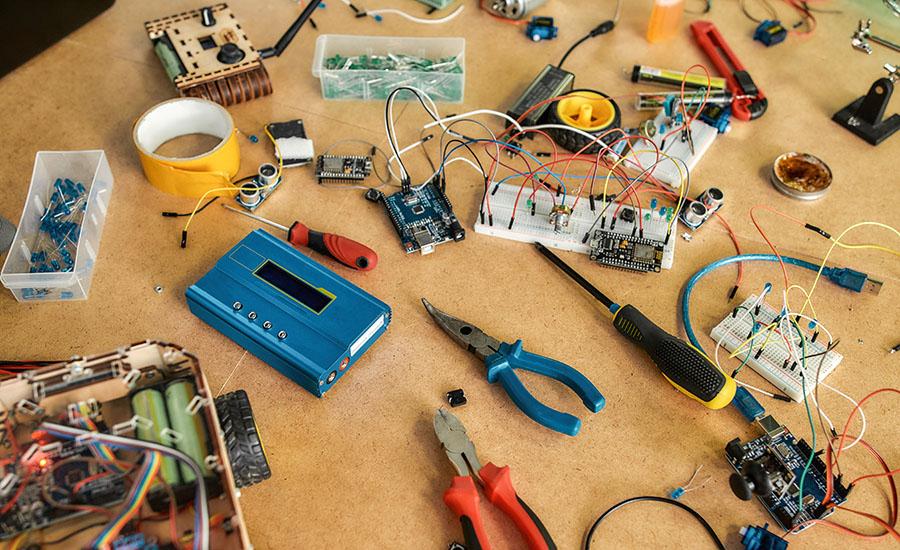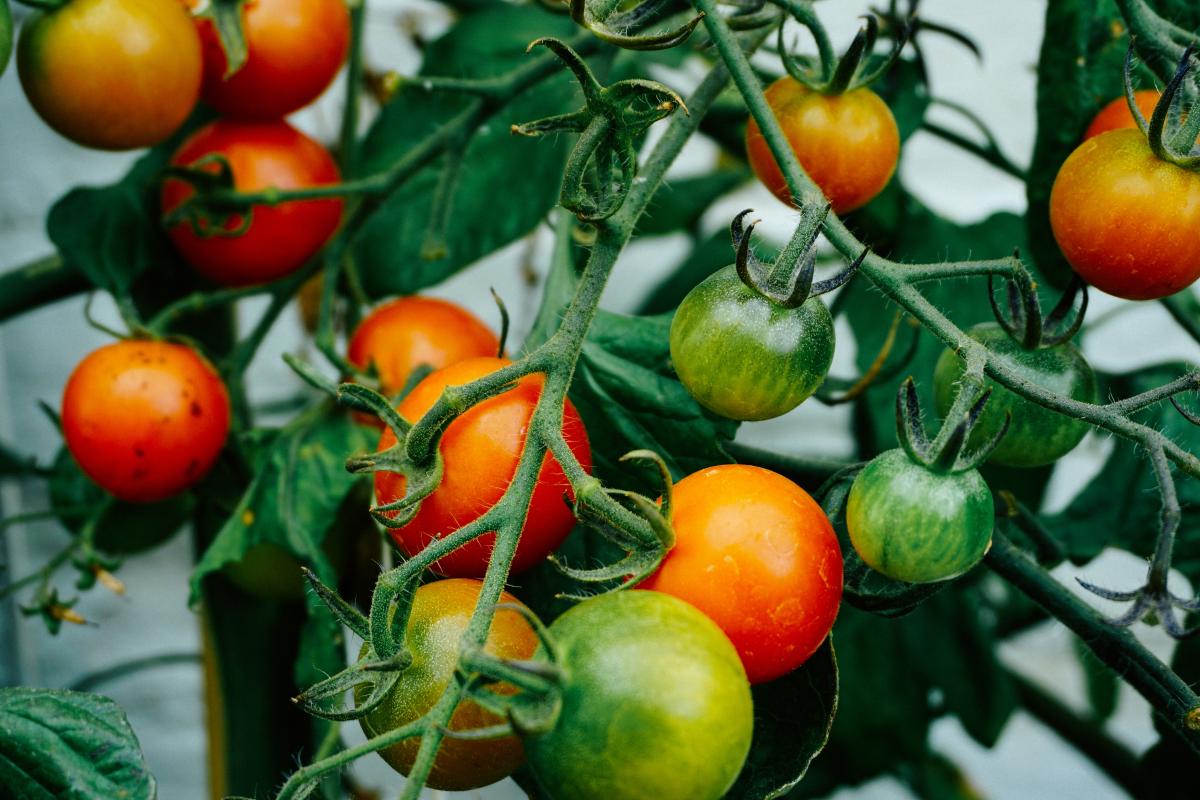
Biomimicry and Conserving Desert Resources Part 2
This lesson is the second lesson of a two-part series where students investigate concepts of biomimicry and apply them to the real world with issues like resource scarcity. In this lesson, students expand on Part 1, where they discussed examples of biomimicry and "redesigned" a desert species. Here students will develop an invention with their peers that addresses a resource need. Students will brainstorm ideas for ways that they could address issues with heat, water and other conditions in the desert by using strategies of desert organisms. They will then design a product and present their design to the class.
Lesson Plan Link/URL
https://docs.google.com/presentation/d/1sjJAJTMTXsWv9KluwfiXZts4utvWLcB4/edit?u…Related Content


Problem - Solution is a type of text structure. The objective of this lesson is for students to further understand defining problems and identifying solutions. Students will make a 3D model using

This hands-on lesson is for the use of a hydroponic system. Tower gardens were the systems used, however, if budget is a concern, there is a very affordable option in the plan as well using tanks